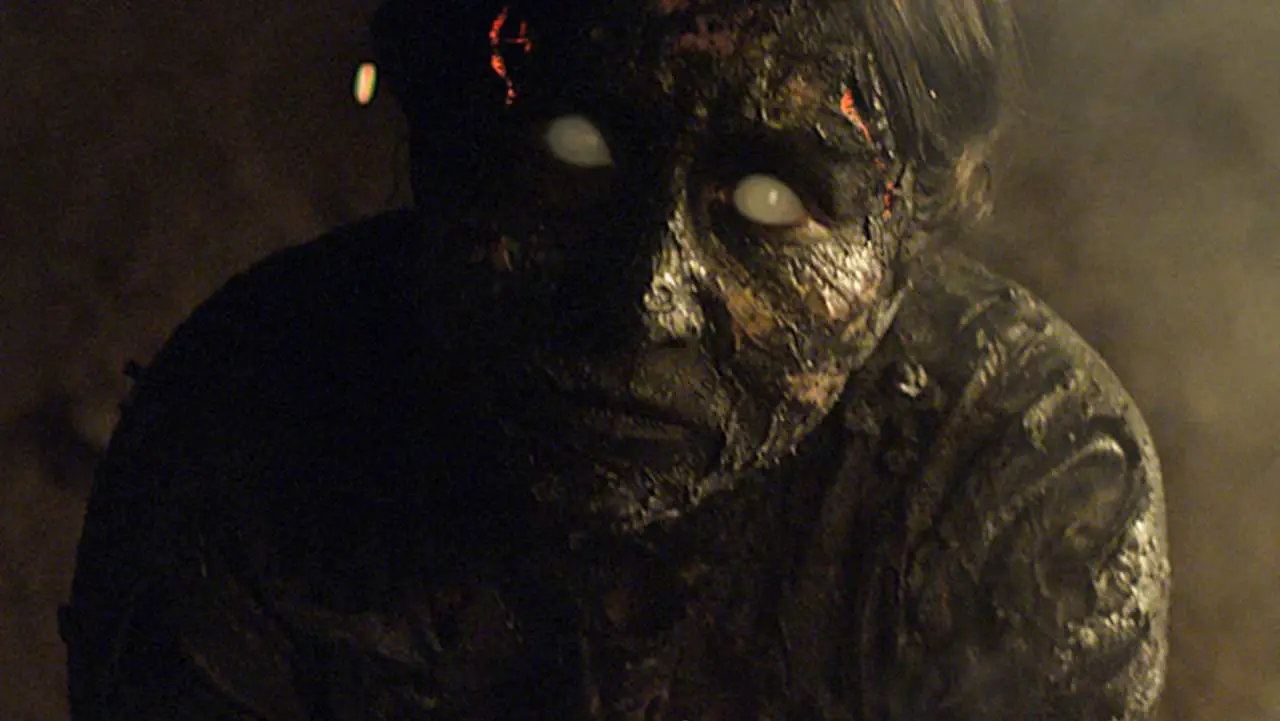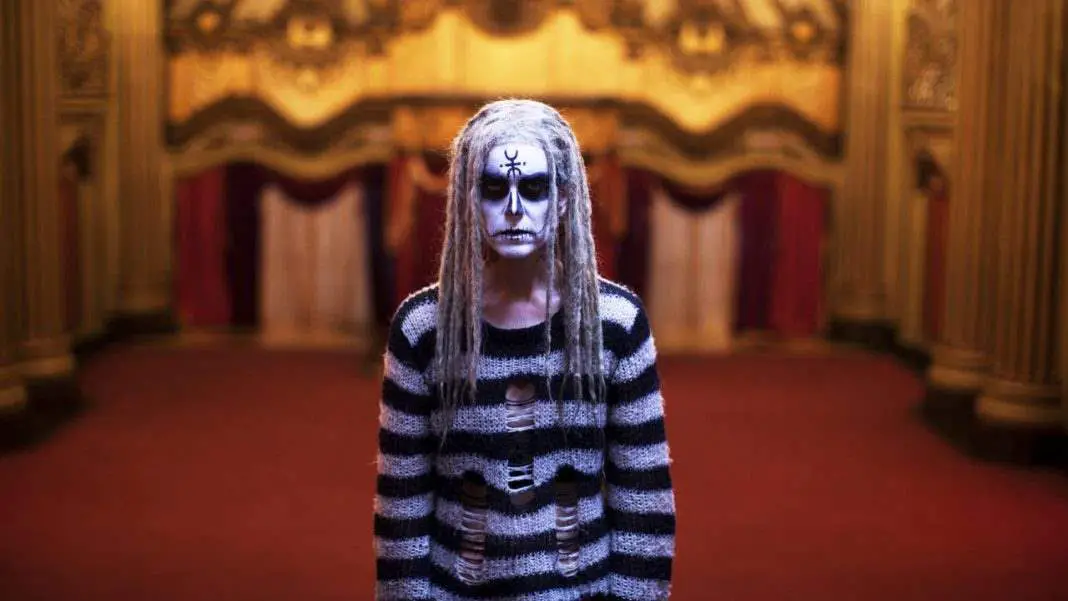The heyday of Italian horror still influences the films of today. I think this is true beyond a shadow of a doubt. Even if the movies themselves rarely fit the tone or style of early giallo classics, there will be something there that will make the Italian influence entirely clear. We have so many stylish thrillers now, such as The Neon Demon, that take clear influence from the works of Dario Argento.
But there’s another genre heavy hitter who’s influence is still felt today, but who doesn’t seem to get nearly as much credit. I’m talking, of course, about horror maestro Lucio Fulci. Maybe it’s because his films were so specifically stylistic that we don’t think of him as someone as hugely influential as he still is.
He is, though. I think there are a lot of features being made right now that definitely prove that point.
A shoutout to The Dead Hate the Living as well, which may be the most Fulci-influenced movie ever made, but at seventeen years old was a bit too far back to include on the list.
Deathgasm
Deathgasm’s influences seem to be an almost perfectly equal three-way split between Peter Jackson, Sam Raimi and Lucio Fulci. I think that’s why the movie works as well as it does. It’s not the sort of picture Fulci would have made in his lifetime, but there’s that otherworldly, demonic, heightened energy and a bit of Fucli’s own mythology thrown in.
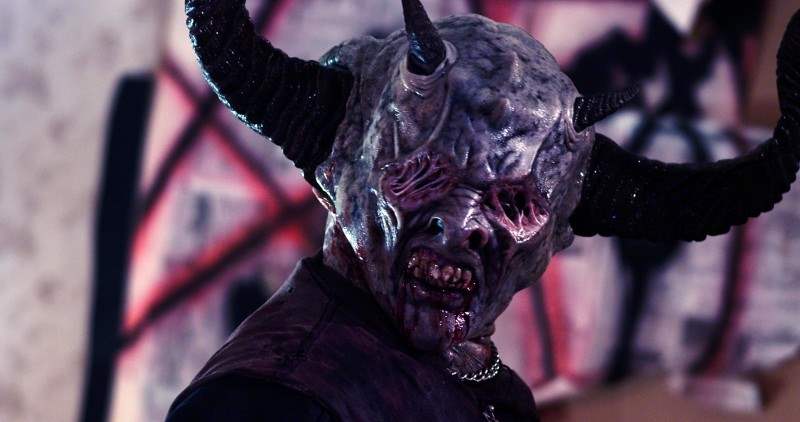
The Girl in the Photographs, promoted as the last movie to be produced by Wes Craven, seems to be the latest attempt to recapture the magic of the early giallo features. But it feels like much more of a Fulci giallo than Argento or Bava. I think that’s probably why I gravitated toward this one as much as I did. Fulci’s giallo pieces were a little more visceral and a little more blunt. I think it’s refreshing to see someone take that influence for a change.
 Oculus
Oculus
Oculus doesn’t seem like the type of movie that would take much influence from Fulci, but it’s definitely stamped with his inspiration. There are echoes of The Beyond, even though this is a very different kind of non-linear story and everything is tied to a mirror. It still has that feeling that absolutely anything can happen at any time, that you can’t even trust reality itself, and that’s something Fulci excelled at.
 The Innkeepers
The Innkeepers
There’s a similar atmosphere to Ti West’s The Innkeepers. It’s supernatural, but the New Hampshire location looks and feels exactly like the setting for a Fulci movie. Plus, there’s something extreme about the ghosts and the damage they cause that you don’t tend to see in these types of films all that often.
 Starry Eyes
Starry Eyes
Starry Eyes, in its commentary on the entertainment industry, doesn’t feel like a movie Fucli would ever have made, but as it goes on the influences become clearer and clearer. Especially when everything unravels at the end, nothing makes the kind of sense that we thought it made initially, and the protagonist has become an actual monster who looks like she could have stepped out of City of the Living Dead or The Beyond.
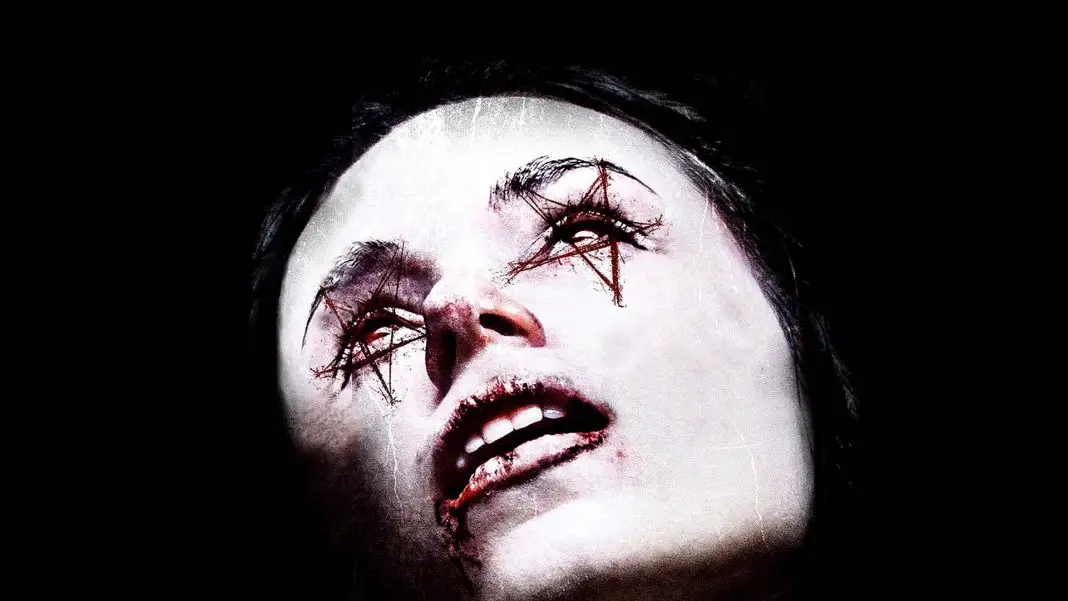 The Lords of Salem
The Lords of Salem
People mistook this for Zombie’s attempt at aping Polanski when it’s clear in almost every frame that this is Rob Zombie’s Fulci movie. This is his weird, hallucinogenic, satanic, supernatural, cult picture that makes its influences abundantly clear, over and over. It’s easier to pick up on than many other features on the list because Zombie has never, ever attempted to hide his influences.
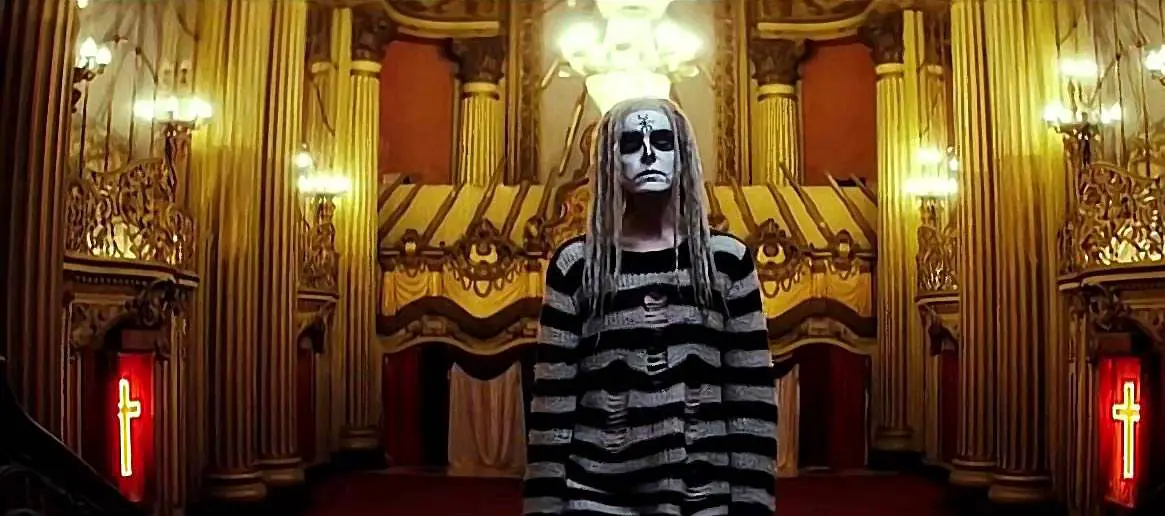 We Are Still Here
We Are Still Here
The movie that inspired this list, We Are Still Here feels like a traditional ghost story at first, but quickly becomes anything but. It winds up feeling like a genuine Fulci flick. It just happens to be filmed in English with an American cast. That almost seems coincidental. Sure, it makes a bit more narrative sense than your typical Fulci, but that’s really all happenstance at this point.
